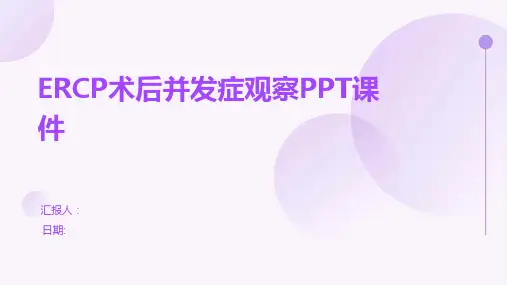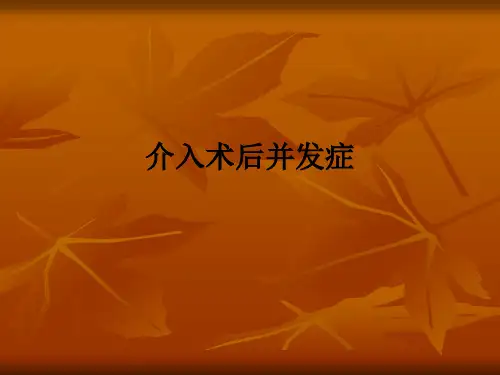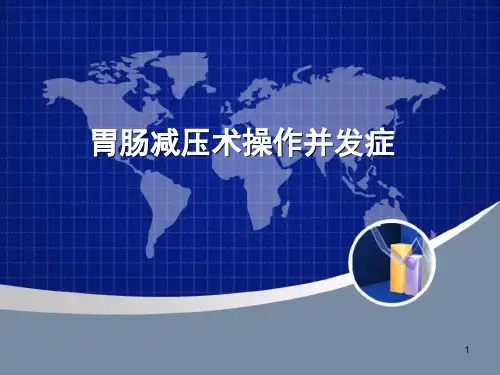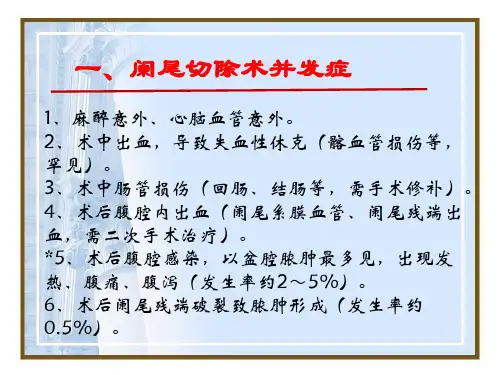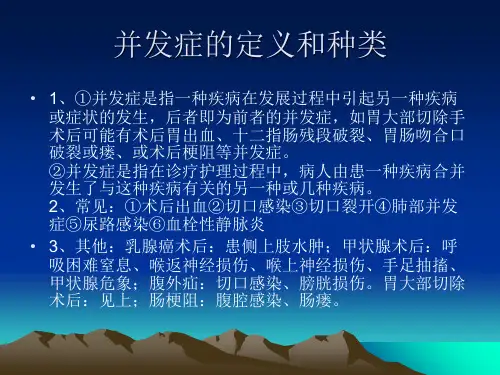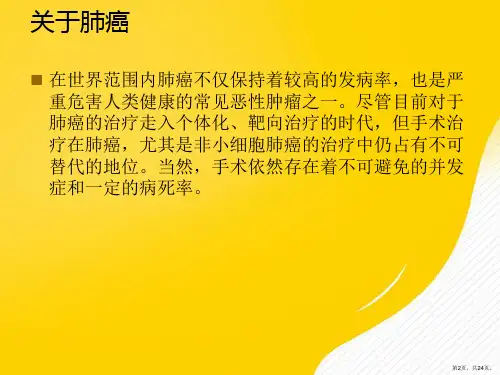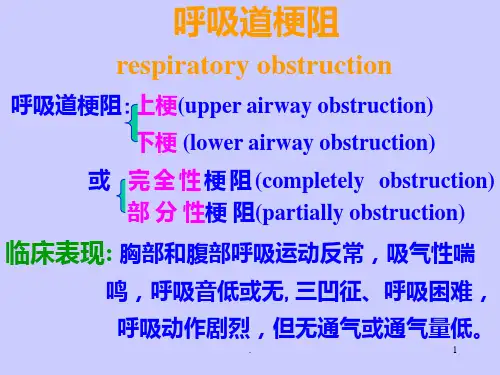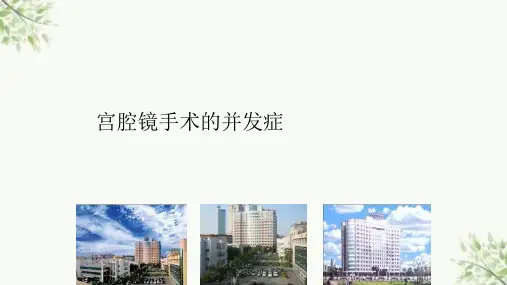◆备吸引器、鼻胃管减压. ◆饱胃、高位肠梗阻:宜清醒气管插管(awake intubation). ◆H2-R拮抗剂(to reduce the acidity of gastric contents).
处理(management):
发生反流误吸时→头低位(head-down position)、转向一侧、吸引 (suction)、支气管解痉药(bronchodilator)、必要时支气管镜检 (bronchoscopy)
Crowing inspiration noises with signs of respiratory
obstruction suggest partial plete
laryngospasm is silent. ◆吸气性呼吸困难、高调吸气性哮鸣音. ◆喉痉挛→支配咽部的迷走神经兴奋性↑→咽部
.
5
喉痉挛与支气管痉挛
Laryngospasm and Bronchospasm
常见于哮喘、慢性支气管炎、肺气肿、过敏性鼻炎。
㈠喉痉挛(laryngospasm):
Laryngospasm is a reflex, prolonged closure of the vocal cords in response to a trigger, usually
→迷走反射(vagal reflex). ●手术操作压迫心脏、大血管(oppression of the
heart and major vessels). ●直视心脏手术(cardiopulmonary bypass).
.
16
病人因素(factors of patients):
●术前有明显低血容量(hypovolaemia)未予纠正. ●肾上腺皮质功能衰竭(failure of adrenal cortex ,s function ). ●严重低血糖(hypoglycemia). ●血浆CA (catecholamine)↓↓(嗜铬切除后). ●心律失常(arrhythmia)或心梗(cardiac infarction).
